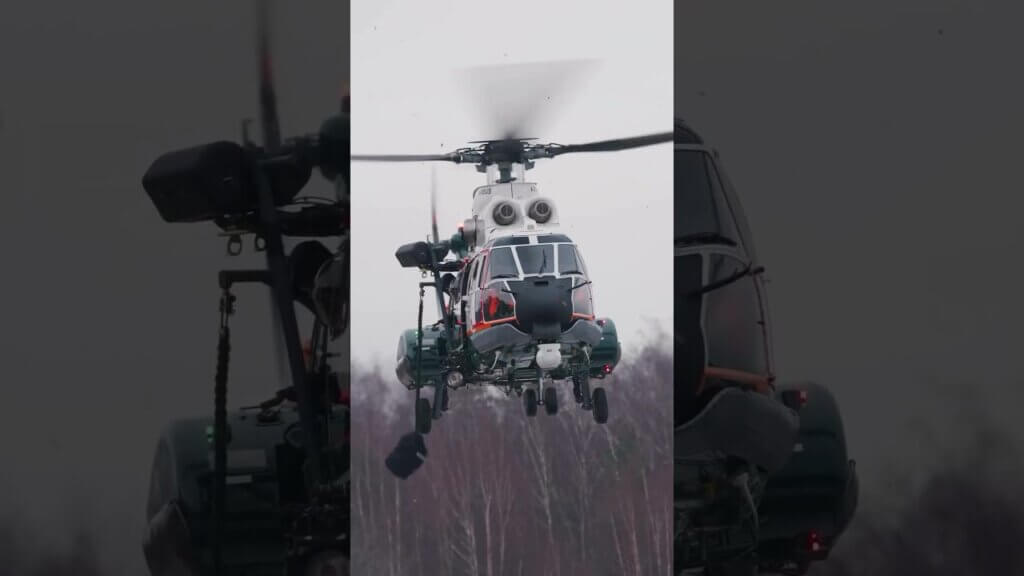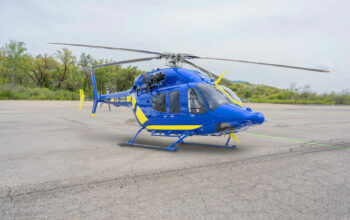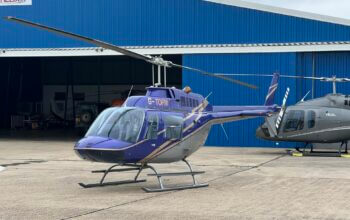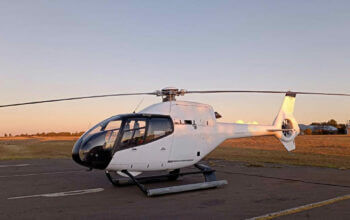The U.S. Army has named the Bell V-280 Valor as the winner of its Future Long-Range Assault Aircraft (FLRAA) contract, designed to provide a replacement for the venerable Sikorsky UH-60 Black Hawk in the U.S. Army fleet.
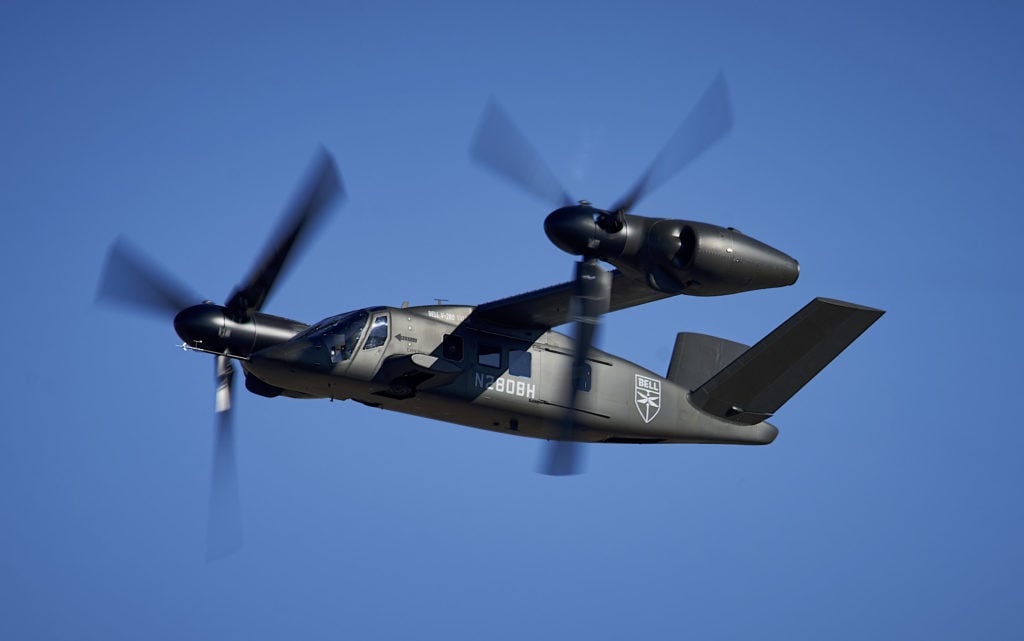
The award is a monumental win for Bell, following years of design work, demonstrator development and flight tests of its advanced tiltrotor. The Army chose it over the other finalist for the contract, the Sikorsky-Boeing Defiant X compound coaxial helicopter.
“This is an exciting time for the U.S. Army, Bell, and Team Valor as we modernize the Army’s aviation capabilities for decades to come,” said Mitch Snyder, president and CEO of Bell. “Bell has a long history supporting Army aviation and we are ready to equip soldiers with the speed and range they need to compete and win using the most mature, reliable, and affordable high-performance long-range assault weapon system in the world.”
The initial contract is valued at $232 million over the coming months, to allow Bell to continue with the preliminary design of the aircraft and deliver “virtual” prototypes. No aircraft will be procured during this initial portion.
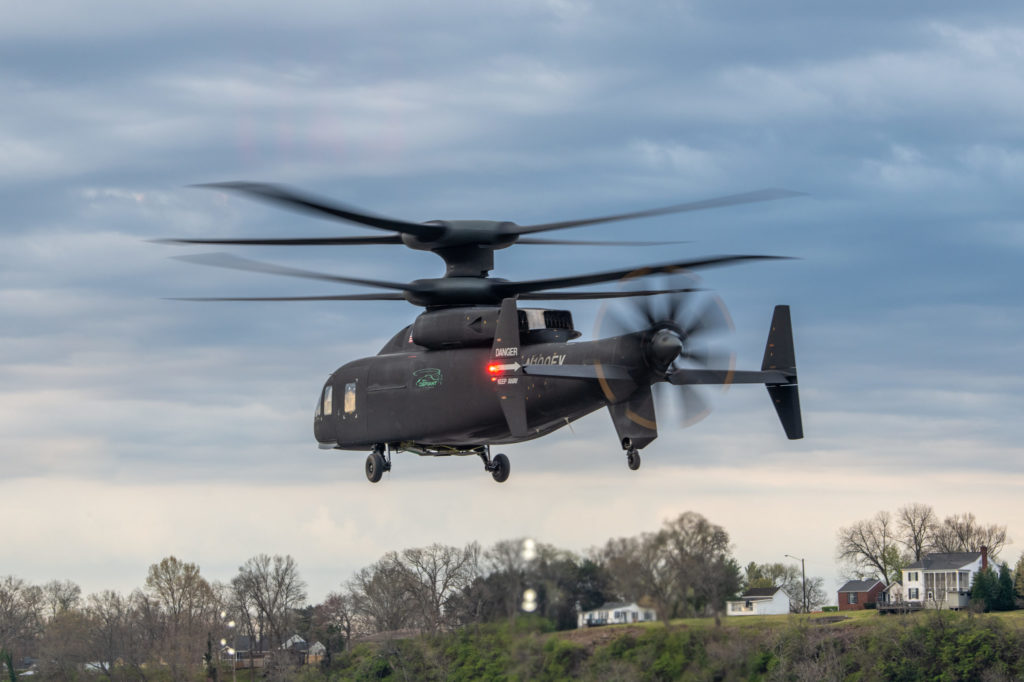
However, the total award will be worth tens of billions of dollars over its lifetime.
According to a U.S. Army statement announcing the award, the virtual prototypes will be able to be updated quickly and affordably, and will directly support design, integration, training, and developmental activities.
“This down-select represents a strategic pivot for Army Aviation to the transformational speed and range our Army needs to dominate future battlefields,” said Maj. Gen. Walter Rugen, director of the Future Vertical Lift Cross-Functional Team. “The prototyping and risk-reduction efforts allowed the Army to significantly reduce the time needed to get to today’s announcement.”
The Army initiated the FLRAA program in 2019 as part of its Future Vertical Lift (FVL) initiative to replace a part of its assault and utility helicopter fleet. However, Bell first revealed its concept for the Valor back in 2013 for the U.S. Army’s Joint Multi-Role Technology Demonstrator program — the precursor to FVL.
The V-280 first flew in December 2017, and it has regularly hit milestones since then, including the first Army test pilot flight (February 2018), a low-speed agility test (February 2019), an autonomy demonstration (December 2019), a sling load demonstration (January 2020), survivability testing (July 2020), and had recorded 214 flight hours by the time the demonstrator stopped flying in 2021.

The Army hopes to field its new FLRAA fleet around 2030. If the program proves a success, it could also fit the bill for other services looking to replace their versions of the UH-60 Black Hawk.
Bell had pitched the V-280 as a third-generation tiltrotor, building most recently on its experience with the Bell-Boeing V-22.
A notable difference in the design of the two types is the V-280’s fixed engine nacelle — the V-22’s engine’s tilt along with its rotors. Bell said this design will reduce manufacturing costs and provide better performance, maintainability and sustainability.
In addition to the extensive history of the tiltrotor technology it was offering, Bell highlighted the “innovative digital engineering” and open architecture of the V-280.
“For the past several years the Bell team demonstrated the exceptional operational capabilities, digital thread synergies, and platform affordability enhancements the V-280 provides,” said Keith Flail, executive vice president, advanced vertical lift systems at Bell. “Bell stands ready with our world-class manufacturing facilities to apply our nearly seven decades of tiltrotor expertise to deliver a modern FLRAA fleet to the Army.”
Bell has also been busily promoting the utility of the type, with a full-scale mockup taken to airshows in various configurations, including as a pure assault platform, a weapons platform with roll-on/roll-off capability, and in a medevac configuration.
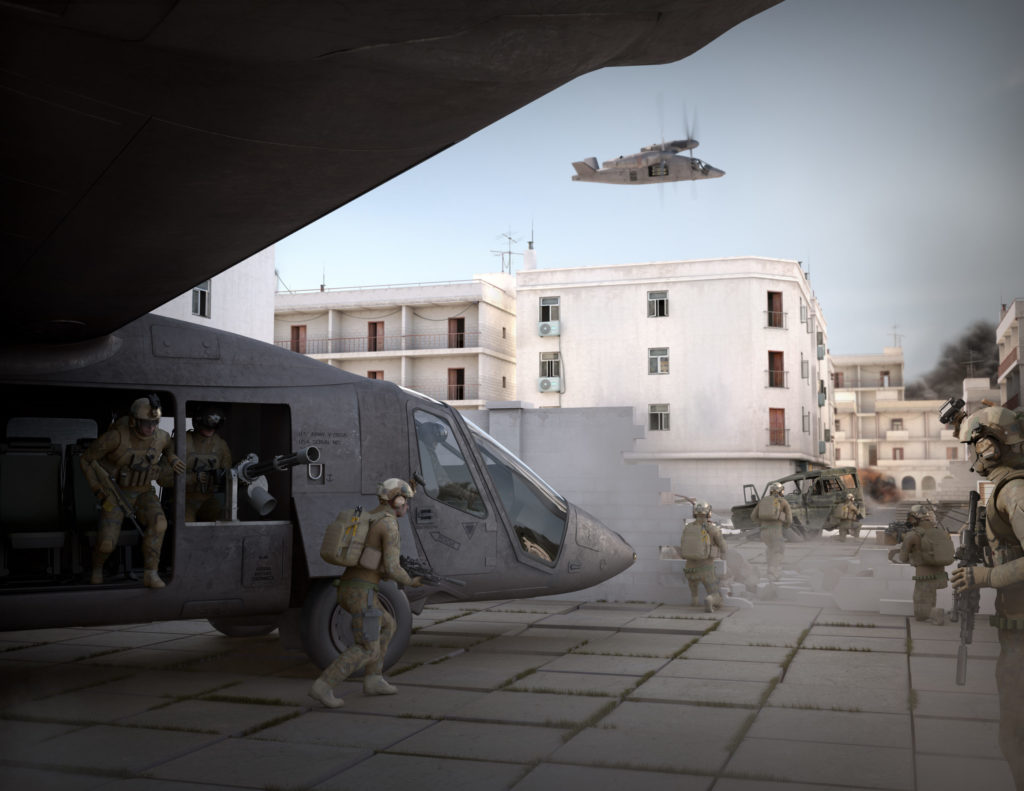
The company has already established a digital manufacturing technology center, in preparation for the announcement of the contract award. In a media briefing at the Farnborough International Airshow in July, Snyder said Bell was keen to not only develop the digital design of the V-280, but be ready to build the aircraft.
“We are not only looking at how we will design the aircraft, but how we will build it as well,” he told reporters at the event. “All this data is passed back to the manufacturing technology center, which allows us to adjust any processes to make them faster or act on any issues.”
Sikorsky has the option to protest the Army’s decision once they’ve received a briefing from officials, but the company has not confirmed whether they will do so.
“We remain confident Defiant X is the transformational aircraft the U.S. Army requires to accomplish its complex missions today and well into the future,” Sikorsky said in a brief statement responding to the contract award. “We will evaluate our next steps after reviewing feedback from the Army.”
Bell and Sikorsky are also finalists in the Army’s Future Attack Reconnaissance Aircraft (FARA) competition, which seeks to replace the Bell OH-58 Kiowa in the Army fleet.
Bell is pitching its 360 Invictus for that program, with Sikorsky offering the Raider X — another compound coaxial design based on its X2 technology.
During a media briefing at the Farnborough International Airshow in July, Sikorsky discussed the scalability of the X2 technology, which had led to the Raider and Defiant. The company said the X2 technology could be the ideal basis for NATO’s Next Generation RotorCraft Capability (NGRC) program to develop a new medium-lift helicopter for six NATO members.
At the event, Luigi Piantadosi, director, future vertical lift international at Sikorsky, added that the company had received “huge interest” in its X2 technology from across Europe, and had briefed several nations.
“We are looking at the market,” he said in July. “I regard FARA and FLRAA as two bookends which sit on either end of the technology, and we may develop something to sit in between. We have not made the decision yet.”






